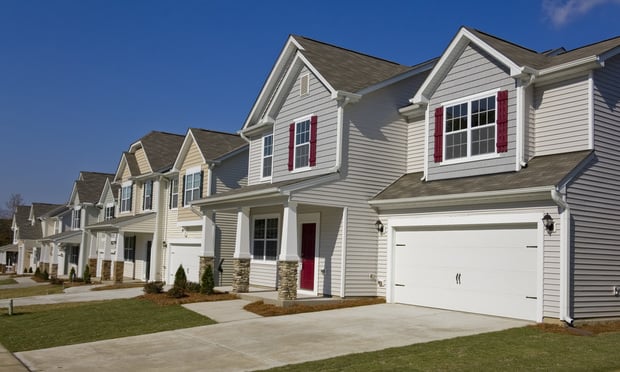The talk of privatizing Fannie Mae and Freddie Mac intensified in 2019 with the release of The Treasury Housing Reform Plan. In an environment where housing seems to become less affordable, that concerns some people because the GSEs finance a large amount of affordable housing.
"They [the GSEs] are mandated to provide a fair amount of that type of financing [for affordable housing]," says Brian Stoffers, global president of debt structured finance for capital markets at CBRE.
Recommended For You
Want to continue reading?
Become a Free ALM Digital Reader.
Once you are an ALM Digital Member, you’ll receive:
- Breaking commercial real estate news and analysis, on-site and via our newsletters and custom alerts
- Educational webcasts, white papers, and ebooks from industry thought leaders
- Critical coverage of the property casualty insurance and financial advisory markets on our other ALM sites, PropertyCasualty360 and ThinkAdvisor
Already have an account? Sign In Now
*May exclude premium content© 2025 ALM Global, LLC, All Rights Reserved. Request academic re-use from www.copyright.com. All other uses, submit a request to [email protected]. For more information visit Asset & Logo Licensing.









